Ancient Greek Tunnelling and Underground Space Use
Tunnelling reflects the cultural development and, particularly, the great technical and economic power of certain civilizations.
Tunnelling in Greece dates back at least to 2000 B.C. when many tunnels were excavated for the exploitation of the minerals. Lavrion silver mines, which are located near Athens, were used during the classical era to finance the formidable navy employed to defeat the Persians in the naval battle of Salamis and helped spawn the Athenian empire of the Classical era. Other, well-known ancient mines are located in Thassos and Sifnos islands of the Aegean Sea.

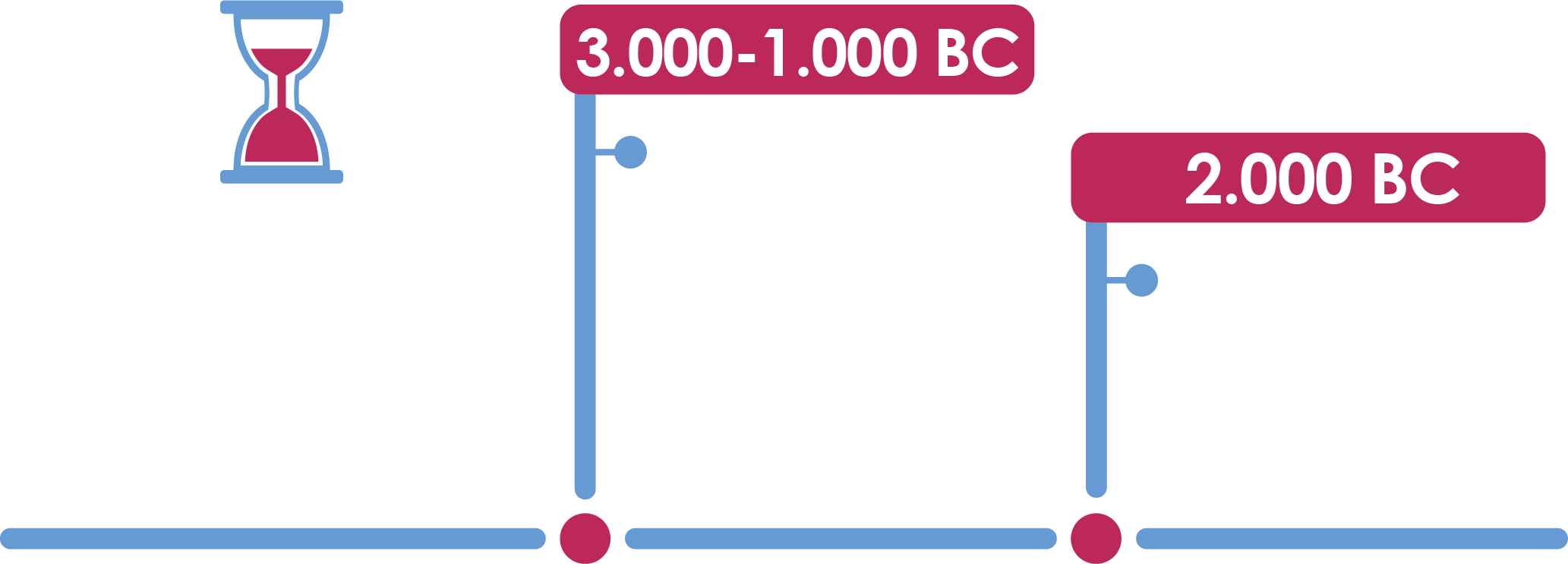
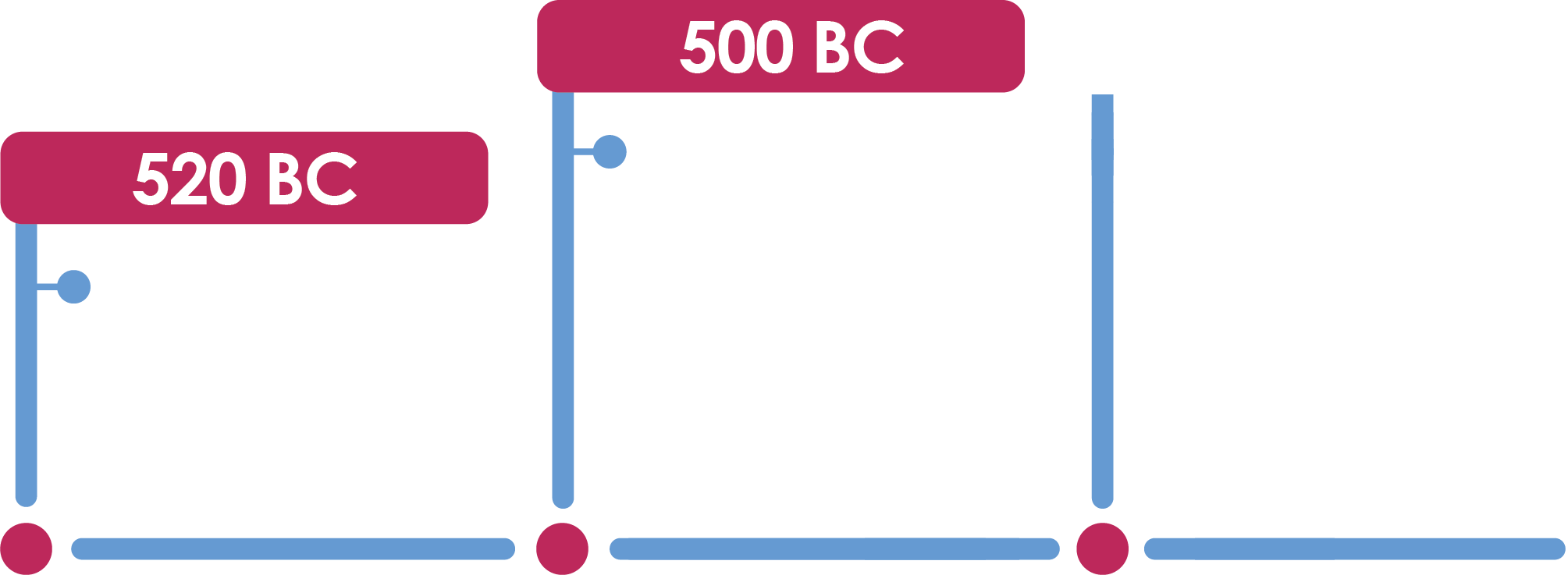

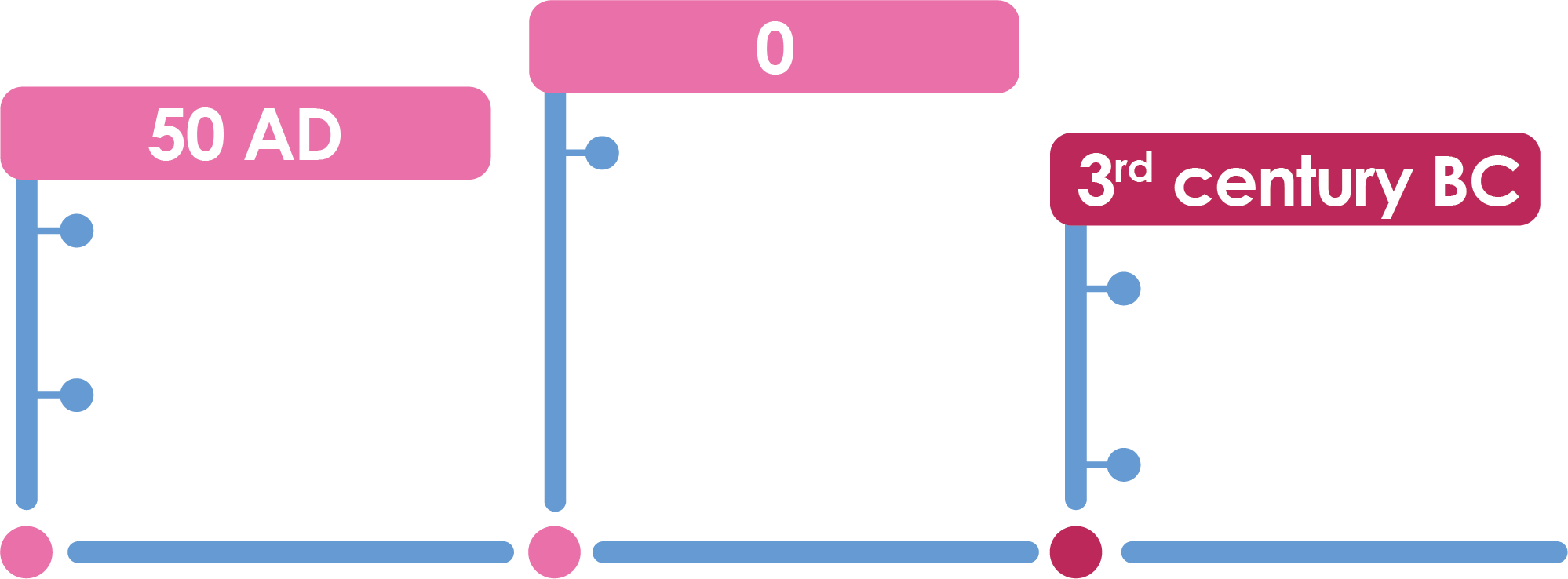

The construction of the Athens Metro in the heart of a city with great historical heritage triggered a large scale archaeological excavation program, in fact the biggest one ever undertaken in the Athens area revealing more than 50,000 ancient articles.
At the same time, a new thinking in dealing with antiquities and ancient treasures emerged. Instead of moving archaeological items to museums or, even worse to storerooms, which was the usual practice before the Athens Metro Project and considered as the only acceptable practice for their protection and conservation, the Hellenic Ministry of Culture decided to proceed with an alternative option of displaying the antiquities in open view at public spaces. To that end, the archaeological findings are now exhibited within Metro Stations behind aesthetic cases urging passengers, Greeks or foreigners, to examine and admire them.
Athens has one of the most interesting and admirable subway systems in the world, which not only serves the everyday transportation needs of the public but also promotes the distinctive cultural history and identity of the city.
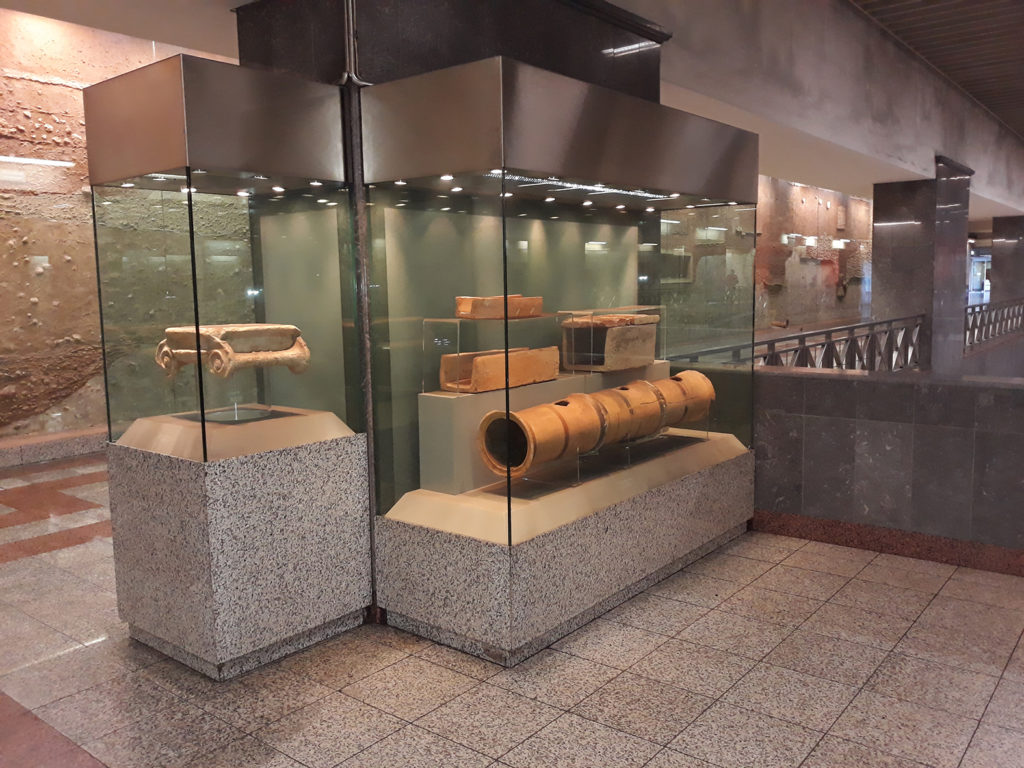
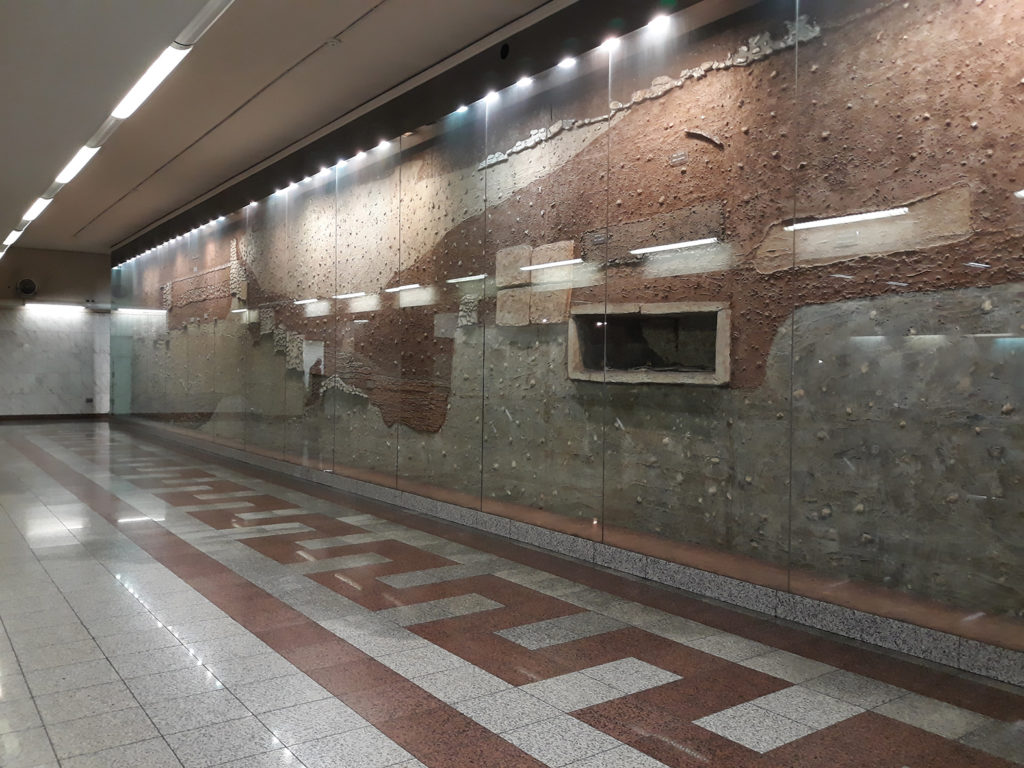
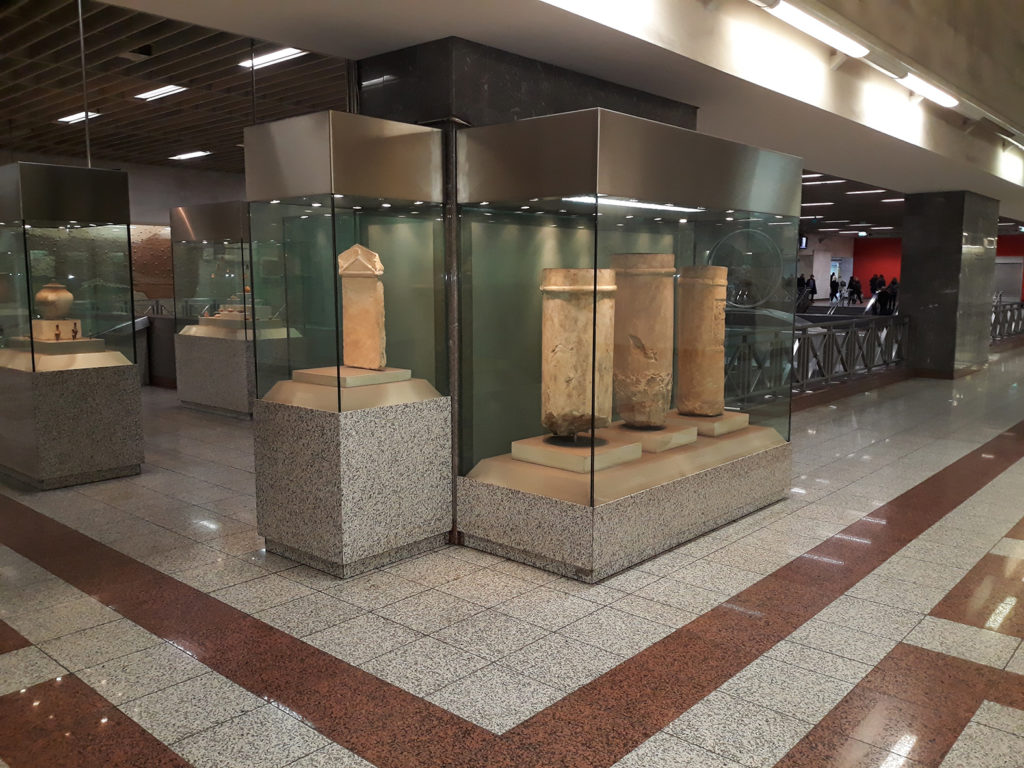
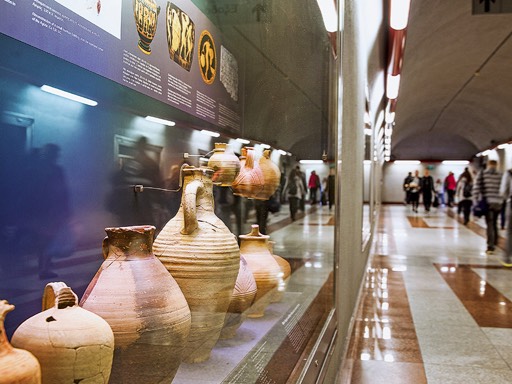
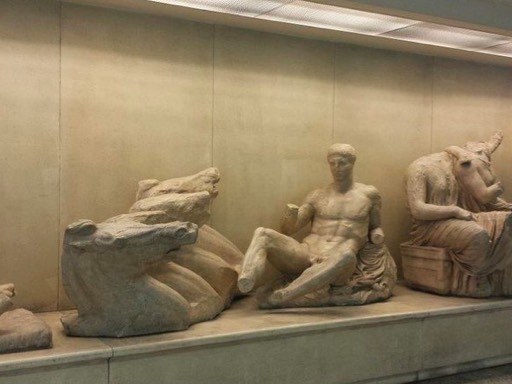
T (+30) 210 6833600
E info@wtc2023.gr
W www.convin.gr
Copyright 2024 GTS | Hybrid Congress Policy | Privacy Policy | Cookie Settings
Developed by LogicOne
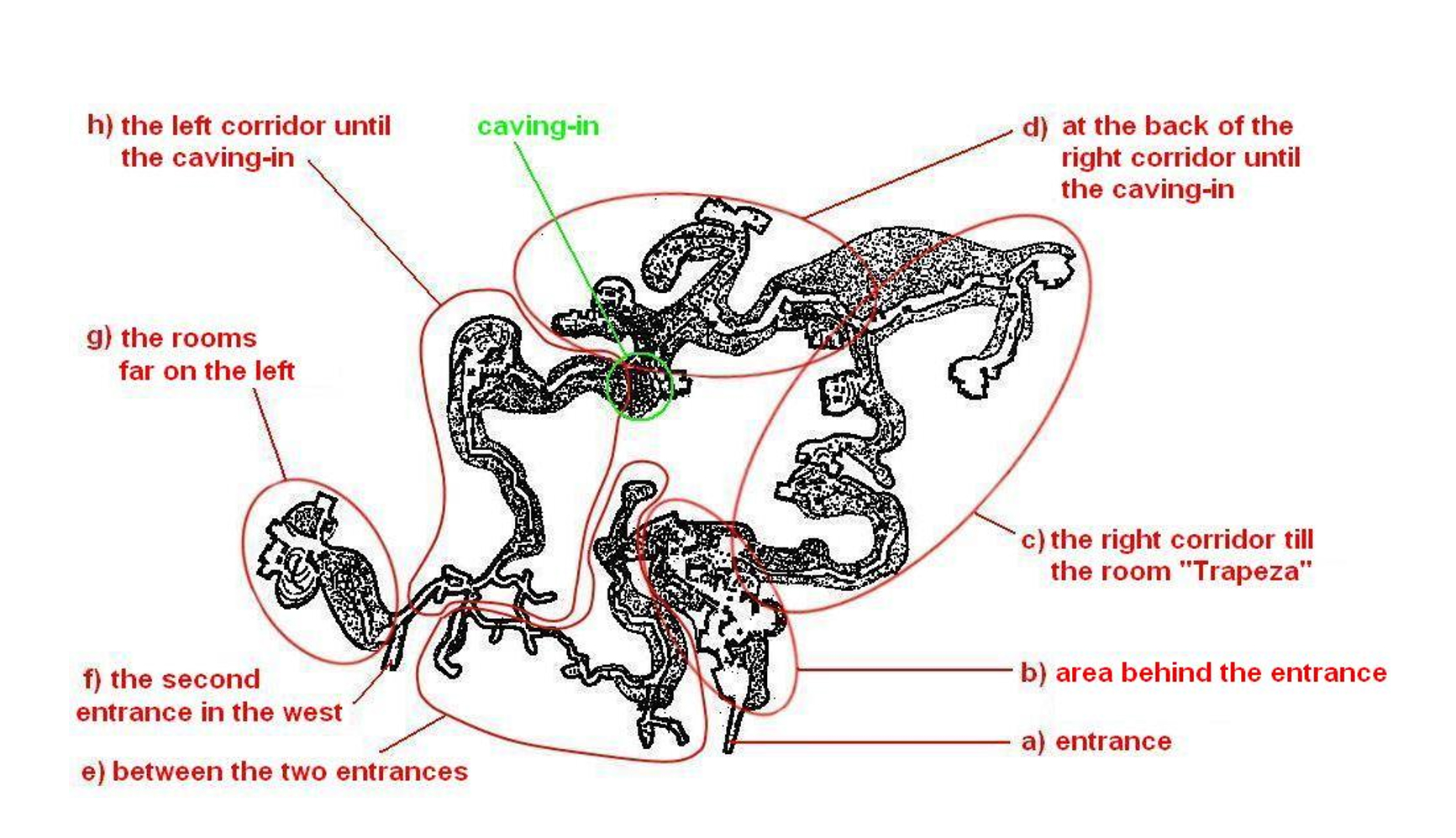
Quarrying stones from usually stratified rocks, was apart from mining another underground exploitation activity in ancient Greece for acquiring better quality products.
An impressive example of an underground quarry is the quarry-cave called “Labyrinth” near the ancient town of Gortys (Crete island), where, according to the myth, the Minotaur, the monster with a bull’s head and a man’s body lived until killed by Theseus from Athens. The quarry’s exploitation started probably in the early Minoan period and its stones were used for the construction of the nearby cities of Phaistos and Gortys.
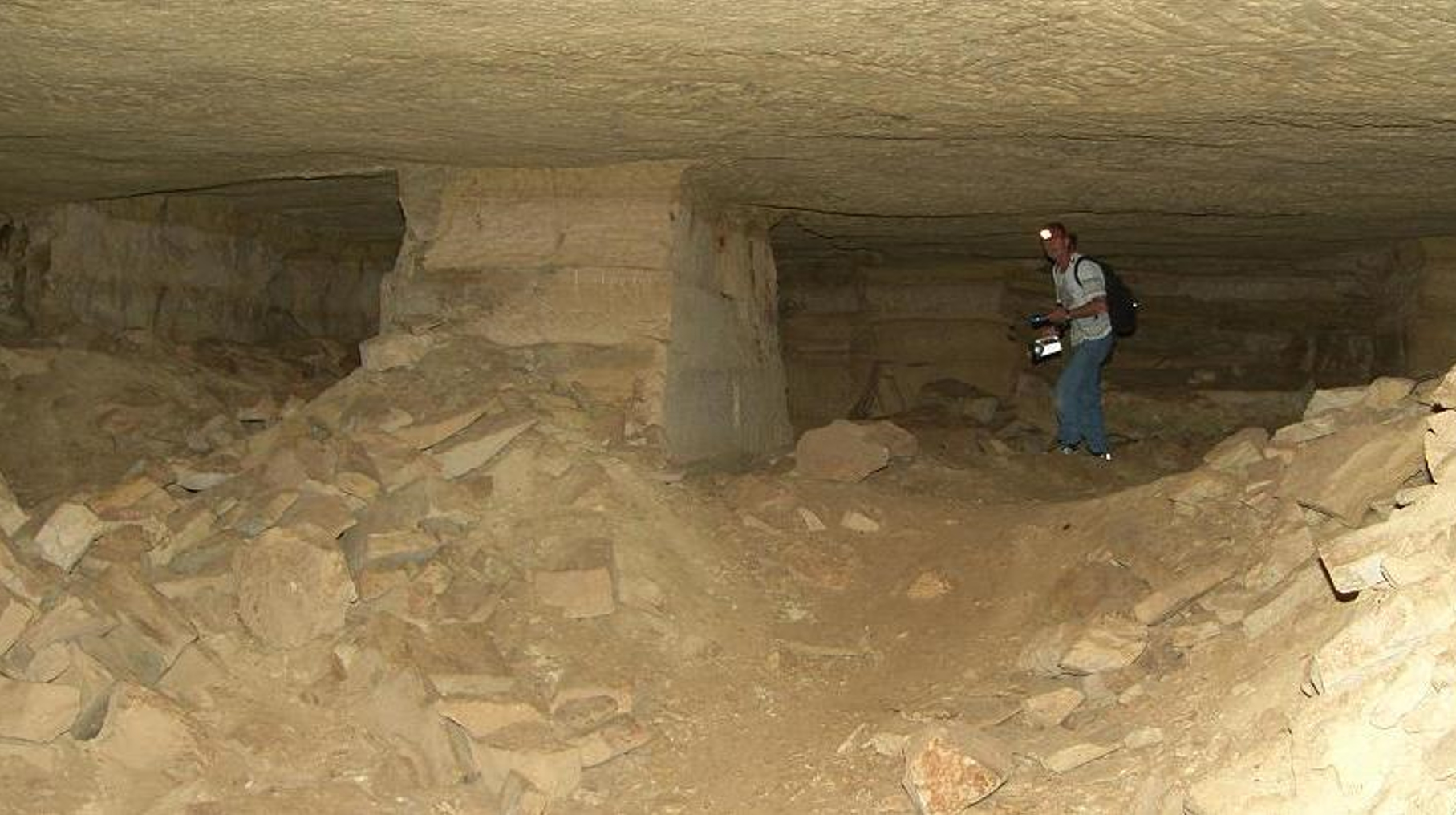
A great application of tunnels was in warfare, either for undermining the walls of the besieged city or for escape. Thucydides mentions (B ‘, 76) that the citizens of the esieged Plataies went through the tunnel beneath the walls, cancelling the Spartans siege.
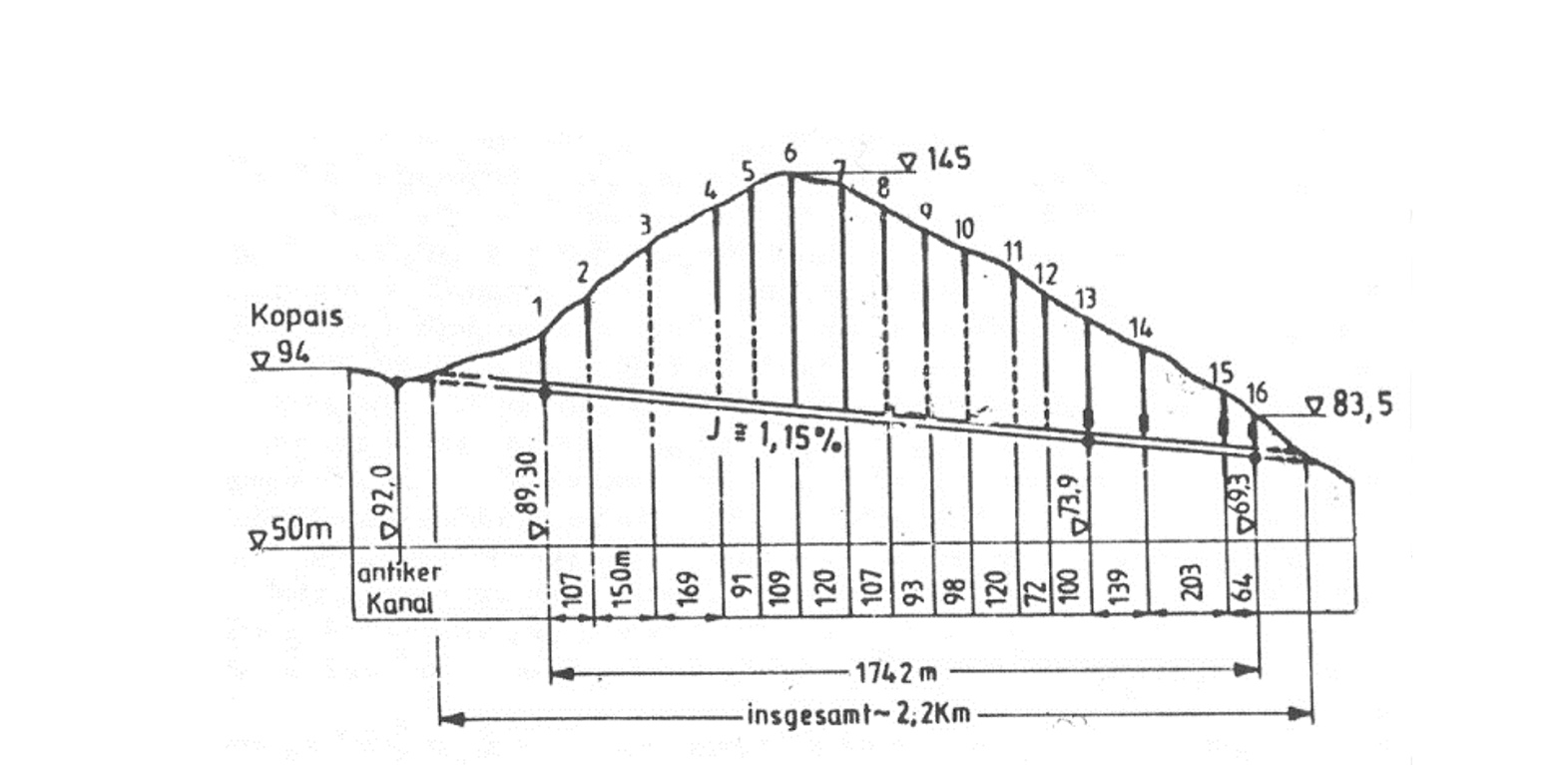
Around ~ 1300 B.C. land reclamation by the Minoans at the area of Kopais lake was attained via the network of natural sinkholes and a drainage tunnel which designed to the divert water of Boeotian Kephisos and Melas rivers, the main water supply sources of Kopais lake, to a small torrent and finally to the Euboean Gulf.
The tunnel function was the drainage of the basin. Its length was cheduled to be over 2.2 km with a continuous slope of about 1.15%. It had a cross section of 1.45 m width and 1.55 m height, while its discharge was approximately 7m 3 /s. The supervision of the tunnel construction and operation was through 16 vertical shafts (63m maximum depth) which were dug with a total depth of about 650m.
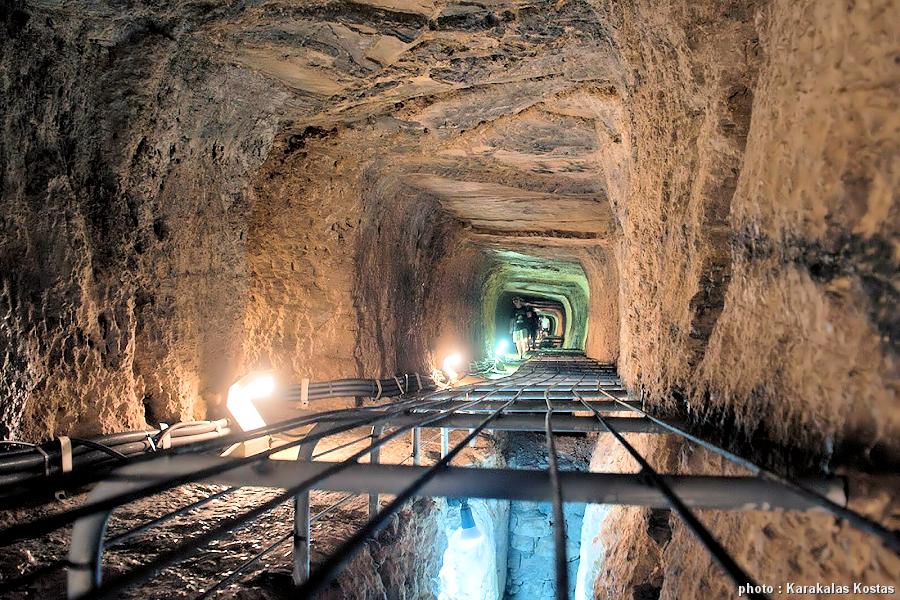
The Eupalinos Tunnel is considered as one of the most important engineering achievements of antiquity. It’s a 1036m long tunnel in Samos Island, Greece, built in the 6th century BC to serve as an aqueduct. The Eupalinos Tunnel is an engineering feat of outstanding importance since it was the first time in the history of mankind that anyone had ventured to undertake a project of that magnitude with no similar reference.
The Engineer Eupalinos built a tunnel under a mountain by starting to dig, simultaneously, from two portals diametrically opposite. All applied measurements using maths and geometry are of outstanding precision. Moreover, all evidence indicates that Eupalinos was ready to apply a solution for every difficulty that arose, due to unfavorable ground conditions that were partly encountered, as well as that he had the courage to bring his highly difficult project to a successful end. Eupalinos worked as a modern engineer 2.500 years ago.
Tarcisio Celestino was previously ITA President (2016-19) and President of the Brazilian Tunnelling Committee. He was the Animateur of the ITA Working Group 12 on Sprayed Concrete Use (2005-10). He earned his doctorate degree in Civil Engineering (Rock Mechanics) from the University of California, Berkeley (1981).
He is currently Professor at the University of Sao Paulo and employed by Themag Engenharia Ltda., Sao Paulo (Brazil), where he leads the Geotechnical Engineering, Engineering Geology &Transportation Engineering Design Groups. He is also responsible for the geotechnical designs of several hydroelectric power plants, subways, highways etc., including major underground works (since 1990). He has also acted as consultant.
Professor Celestino continues to contribute his knowledge for the graduate courses & research areas on Rock Mechanics & Underground Works, at the São Carlos Engineering School, University of São Paulo and for the ITACET Foundation.
Our destination is the exploitation galleys of one of the largest underground mines of Attica. The chambers of metal extraction, rich in recognisable minerals, combine the mystery of ancient drifts with the beauty of caves. We will wander underground for up to 3 hours and explore the maize of drifts, the chambers supported by natural as well as carved-out pillars and the stalactites decoration reminiscent of natural caves. Each of the routes we follow hides surprises waiting to be discovered!
After we will visit the great “Chaos” sinkhole, a heart-shaped sinkhole formation 150m in diameter and 55m deep. This chiasm may have been formed by the collapse of a cave roof as many of the area’s mining tunnels end there.
Scientific theme: Underground mining activity in Lavrio
Duration: 6 hours inclusive
Detailed program
9.30-10.30 Athens-Lavrio
10.30-13.30 Underground mines
14.00-14.30 Stop at dolin “Chaos” and return to Athens
14.30 – 15.30 Lavrio-Athens
Cost per person: 40,00 €
*limited participation on a first come first served basis. In case participants are less than 20, the respective event will be cancelled and a refund wil be given.
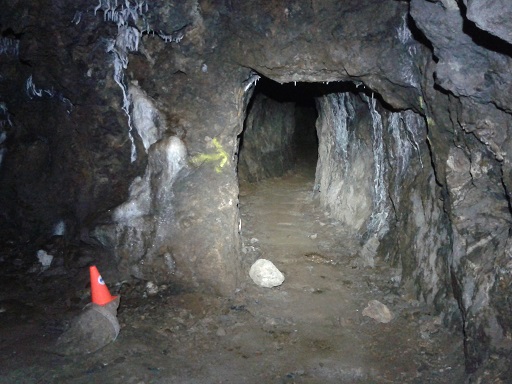
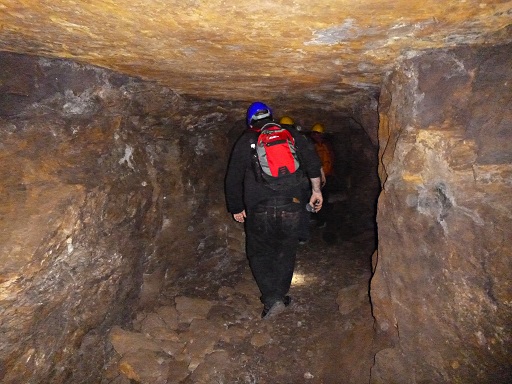
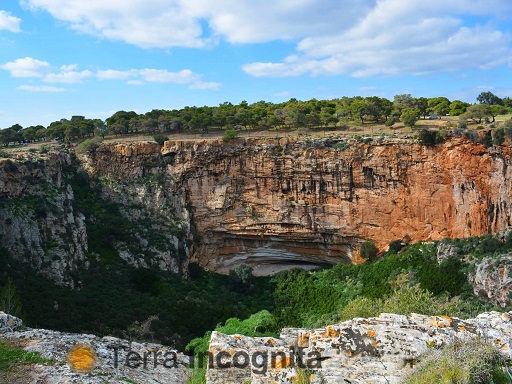
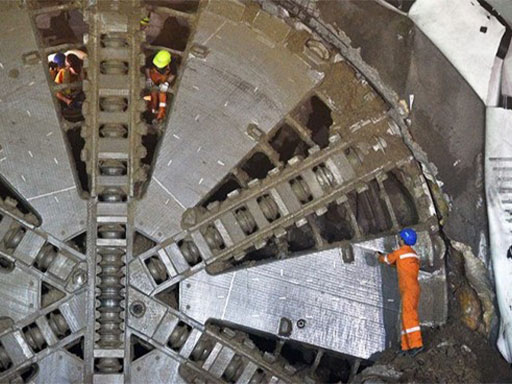
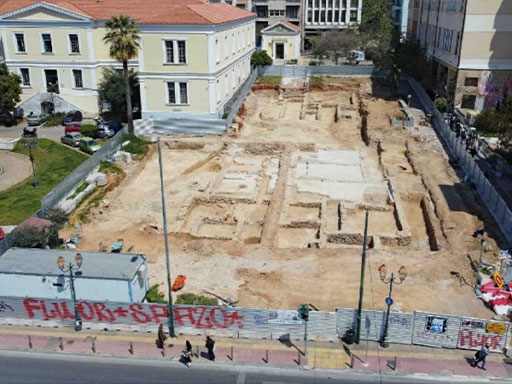
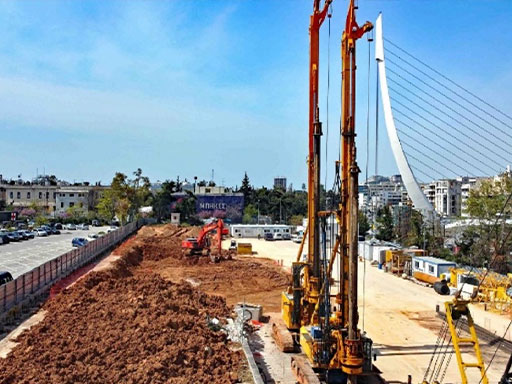
How many surprises can the Athens underground have in store for its visitors? The stroll will start from underground shelters and detention areas of the German Kommandatur, remnants of the 2nd World War in Athens. Then, we will take the steps that start off under a timeworn trap door on the side of a road or hidden away in a sidewalk flower–bed, that will lead us in a different, forgotten underground area of the city! For hundreds of years, underground pathways have been used for various and mysterious purposes. Some say that all underground pathways are interconnected although there is no proof of this. Nevertheless, the allure of an unknown world is always there, beneath the ground we walk on. We lift up the antiquated hatch and descend the stone steps. In the catacomb, we come across tunnels of ancient aqueducts, roman baths and byzantine crypts. The Athens river is also found hidden below the ground, running in old galleys under the most central streets of Athens – we can hear the cars passing over our heads!
We invite you to discover together the hidden secrets of our city!
Scientific theme: underground constructions of the 19th and 20th century.
Duration: Maximum of 4 hours.
Detailed program:
11.00 Meeting outside Metro Station Panepistimio
11.30 Memorial Site (Korai Street). Two-level underground shelter below the Mansion of Ethniki Insurance Company.
13.00 Catacombs of the Russian Church (Filellinon Street). Inside the catacombs a tunnel and a shaft from ancient Peisistratus aqueduct, ruins from roman baths and crypts of the Byzantine order of Likodimos -11th century.
14.00 Ilissos River (area of Panathenaic Stadium). The buried riverbed of Athens river Ilissos.
Cost per person : 35,00 €
*limited participation on a first come first served basis. In case participants are less than 20, the respective event will be cancelled and a refund wil be given.
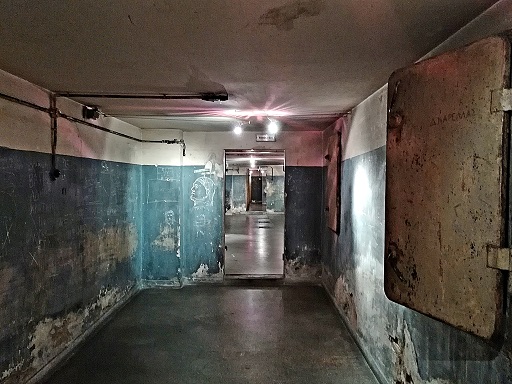
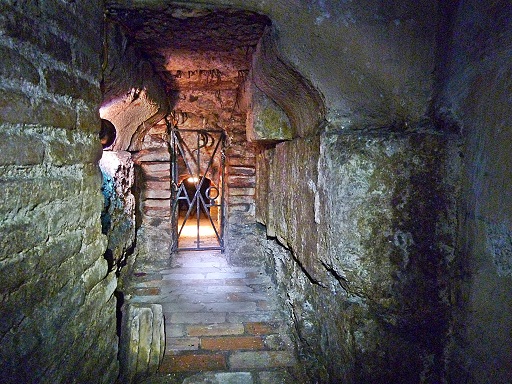
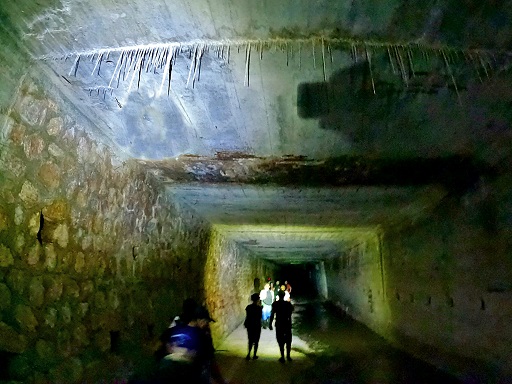



Professor Kyriazis Pitilakis has more than forty years of intensive academic, research and professional experience in civil, earthquake and geotechnical engineering. Vice-President of the European Association of Earthquake Engineering (EAEE), ex- Chairman of the Technical Committee “Geotechnical Earthquake Engineering andAssociated Problems” (TC203) of the International Society of Soil Mechanics and Geotechnical Engineering (ISSMGE), and past President of the Greek Society of Earthquake Engineering. He is presently Professor Emeritus in Aristotle University, Thessaloniki, Greece and since 2019 visiting Professor in Tongji University, International Laboratory of earthquake Engineering (ILEE), Shanghai, China.
Coordinator and scientific responsible of numerous European research projects, namely EUROSEISTEST and SYNER-G, he has a long experience in European research activities in earthquake engineering, geotechnical engineering, vulnerability and risk assessment of civil engineering structures, infrastructures and lifelines. According to the recent Stanford classification he is among the top 10 leading researchers in Civil Engineering in Greece, and among the top 10 leading international researchers in specific topics like Soil Dynamics, Engineering Seismology and Geotechnical Earthquake Engineering.
Chairman of several international conferences including the 16th European Conference of Earthquake Engineering, Thessaloniki 2018 and invited keynote lecturer in many International Conferences. Author of more than 650 scientific papers (h-factor 57) published in peer review scientific journals, and conference proceedings, author and co-author in several books, editor of four books published in Springer Editions, all in relevant subjects of earthquake engineering, seismic risk and geotechnical earthquake engineering. Professor Kyriazis Pitilakis is founder and coordinator of EUROSEISTEST, a large scale experimental facility in earthquake engineering, soil dynamics and engineering seismology that is unique in Europe and worldwide. He supervised more that 30 PhD thesis and numerous of his students hold academic positions in Greece and worldwide.
Professor Kyriazis Pitilakis is strongly involved in the ongoing revision of EC8 (Part 1-Seismic Actions and Part 5-Seismic design of foundations, retaining structures, soilstructure interaction, liquefaction, slope stability and underground structures), while he has been international expert for the revision of other seismic codes worldwide.
He is member of the editorial advisory board in Springer editions (Geotechnical, Geological and Earthquake Engineering), member of the editorial board and reviewer of numerous scientific journals and member of many international societies in earthquake and geotechnical engineering.
Honors: Chevalier dans l’Ordre des Palmes Academiques, French Republic.
Thessaloniki 06.06.2022
The 12th Muir Wood lecture will be delivered by Professor Marc Panet during the WTC2023 in Athens. His nomination being a Muir Wood lecturer was proposed by the French Tunnelling & Underground Space Association (AFTES) as per ITA’s Statues and By-laws.
Marc Panet graduated in Civil Engineering at the École des Mines de Paris and obtained a Master degree at the University of California at Berkeley. He started his career in 1965 at the Laboratoire Central des Ponts et Chaussées, in Paris, where he was a Research Engineer, Head of the Geotechnical Department and Technical Director. In 1982 he joined the SHP Group, in Paris, as Scientific Director. From 1984 to 1996 he was the President and CEO of SIMECSOL; and from 1996 to 2000 President and CEO of FC International SA. Since then he has been working as a consultant. He taught at the École Nationale des Ponts et Chaussées, at the École des Mines and at the École Centrale des Arts et Manufactures, in Paris.
Marc has been in charge of numerous studies in geotechnical engineering for underground works, highways, bridges, and natural hazards. Among the main projects are: the Mont Blanc Tunnel (11.6km), the Frejus Road Tunnel (12.9 km), the Large Electron–Positron Collider (CERN in Geneva), the Channel Tunnel (from 1967 to the end of the construction), the Millau Bridge, the Loetschberg Base Tunnel (43 km), subways in Paris, Rennes, Caracas, Athens and Algiers, the slides of the city of Constantine (Algeria), the project of the suspended bridge on the Straits of Messina (Italy) and the project of the cable-stayed bridge on the Golden Horn (Turkey). He is presently involved in a large number of geotechnical projects.
He is the author of a large number of publications in professional journals and international conferences and of the well-known book “Calculation of tunnels using the convergence-confinement method”.
Marc Panet is a Honorary Member of the French Academy of Technology, Knight of the National Order of Merit and Knight of the Order of Academic Palms.